In this video we cover the structure of fatty acids and the different types of fatty acids. Fatty acids are made up of long chains of carbon atoms and hydrogen atoms. Some carbon atoms are linked by single bonds, and others by double bonds. These bonds determine which type of fatty acid the molecule is classified as. There are 2 types of fatty acids, saturated fatty acids, and unsaturated fatty acids, which include monounsaturated fatty acids, polyunsaturated fatty acids and trans fatty acids. In saturated fatty acids, all of the carbon atoms are saturated with hydrogen atoms and do not contain double bonds between the carbon atoms, this gives the molecule a linear formation. Saturated fats are usually solid at room temperature, and have high melting points. Foods that are high in saturated fat include pork, fatty beef, cheese, whole milk, eggs, coconut and palm oils and butter. Unlike saturated fatty acids, unsaturated fatty acids have at least one double bonded set of carbon atoms in their structure. This double bond can take on one of 2 formations. It can be a cis configuration or a trans configuration. In the cis formation, the hydrogen atoms are on the same side of the double bonded carbon atoms, and in the trans formation, the hydrogen atoms are on opposite sides. Trans fats are solid at room temperature and usually have a high melting point. There are natural and artificial trans fats. Natural trans fats, also known as ruminant trans fats, typically make up 2 to 5% of the fat in dairy products and 3 to 9% of the fat in beef and lamb. Artificial trans fats are formed when manufacturers turn liquid oils into solid fats through a process called hydrogenation. Hydrogenation is a process by which vegetable oils are converted to solid fats simply by adding hydrogen atoms. Some foods that contain trans fats include stick margarine, fried foods and many fast food items. Monounsaturated fatty acids have a cis molecular formation, where the hydrogen atoms are on the same side of the double bonded carbon atoms, this gives it a bend, or a kinked like formation. Monounsaturated fats have only one carbon carbon double bond in their molecule. They are usually liquid at room temperature and have lower melting points than saturated and trans fats. Foods that are high in monounsaturated fat include many plant based oils such as olive oil, canola oil and peanut oil. Polyunsaturated fatty acids also have a cis molecular formation. Again, the hydrogen atoms are on the same side, of the double bonded carbon atoms also giving it a kinked formation. Polyunsaturated fats have more than one unsaturated carbon double bond in their molecule. They are typically liquid at room temperature, but start to turn solid when chilled. Polyunsaturated fats are generally classified by their Omega numbering. The omega carbon is the carbon atom at the end of the hydrocarbon chain. There are 4 types of omega fatty acids, 3, 6, 7, and 9. These are determined by where the location of the 1st double bonded carbon atom is located. The fatty acid on the screen is an omega 3 fatty acid, because the 1st double bond occurs at carbon number 3. The other omega fatty acids follow this same structure.
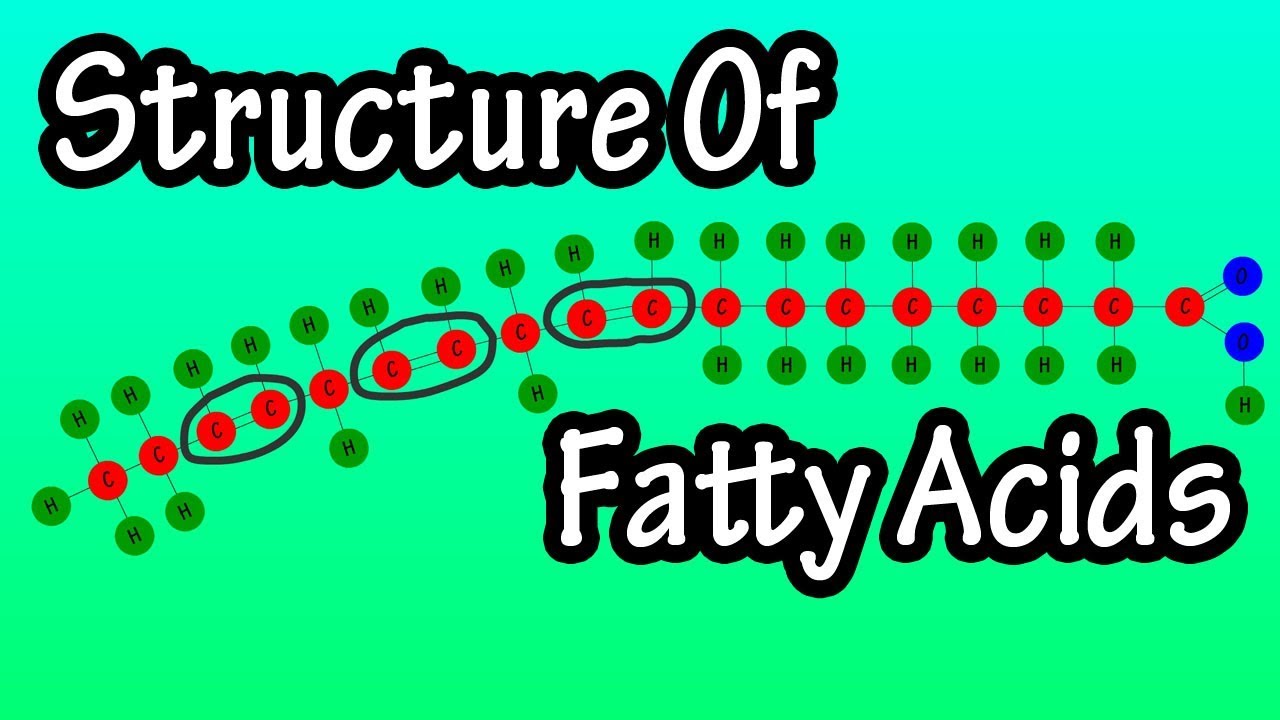
Fatty Acids – What Are Fatty Acids – Structure Of Fatty Acids – Types Of Fatty Acids
- Post author:
- Post published:May 15, 2021
- Post comments:0 Comments
You Might Also Like

Clinical Neurophysiology Video – 2
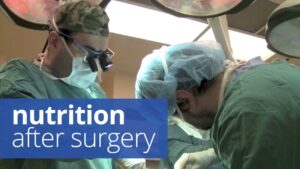
Post Operative Nutrition Video – 1

MONDAY: Complete CHEST WORKOUT! (Hindi / Punjabi)
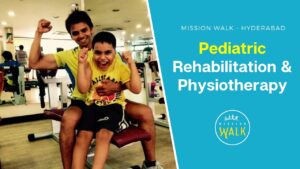
Pediatric Physiotherapy Video – 15

Thyroid gland and hormone synthesis
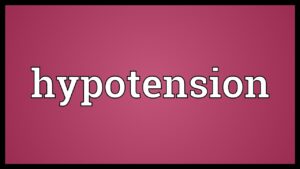
Hypotension Meaning

Fat To Fit | Aamir Khan Body Transformation | Dangal | In Cinemas Dec 23, 2016
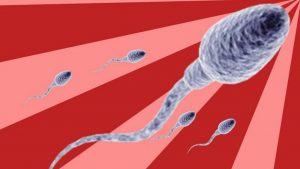
Difference Between Sperm and semen
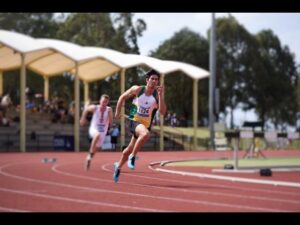
Crazy 400m sprint

Thyroid Gland | Structure , Functions & Diseases
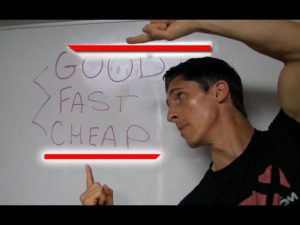
Work Out Meal Plan Prep (GOOD, FAST, CHEAP!)

The Endocrine System – Body Movements (CBSE Grade 6 science)

Muscle Contraction – Cross Bridge Cycle, Animation.

What is ANEMIA? What does ANEMIA mean? ANEMIA signs, symptoms, causes & treatment

Best Time To Take Vitamins and Supplements
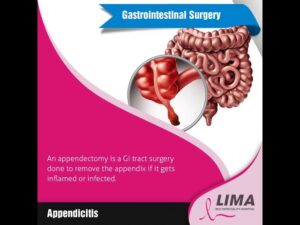
Gastrointestinal Surgery Video – 5
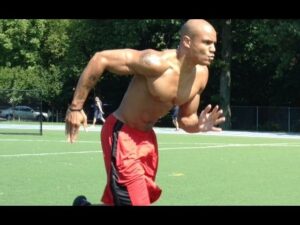
How To Burn Fat Fast With HIIT Cardio “Suicides” Sprint Drills (Big Brandon Carter)

How to do a preacher curl for maximum results!!
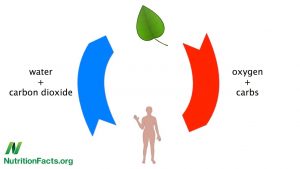
Minimum Recommended Daily Allowance of Antioxidants

Dentistry Video – 1
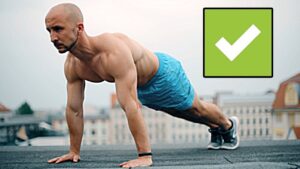
Stretching Video – 4

One arm cable triceps extension – Triceps workout / Exercício para Braços – Tríceps
![Read more about the article [Megurine Luka] Glucagon [EZFG]](https://videos.drmaheshkumar.com/wp-content/uploads/2021/05/Megurine-Luka-Glucagon-EZFG-300x225.jpg)
[Megurine Luka] Glucagon [EZFG]

Preacher Curl for Bicep Mass

How Much Protein Do You Need Per Day? | Health and Fitness Tips | Guru Mann
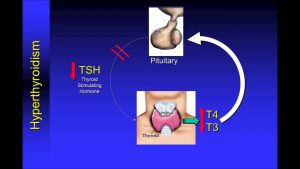
Understanding Thyroid Function Tests

Pediatric Physiotherapy Video – 6

Suicide Psychology/ Psychiatry Video – 3
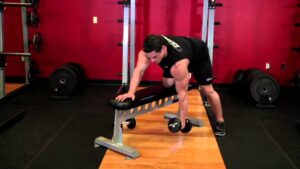
One Arm Dumbbell Row – Back Exercise – Bodybuilding.com

Sex Change Surgeries Video – 5

Thyroid Profile – T3, T4 and TSH Explained

7 Signs Your Body Lacks Key Vitamins – Vitamins And Minerals Nutrition
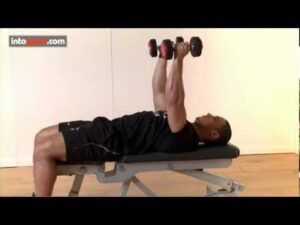
How To Do Flat Bench Chest Flys

Alli Orlistat Weight Loss Aid Review

Changes in Lipid Profile after Bariatric Surgery

Sports Medicine Video – 4

Vegans Starting To Get High Cholesterol?! Why?

Pathology Video – 3

Cycling Video – 3

how to legs workouts leg extension Fitness gym video by mahesh vaje

How To Boost Your Metabolism And Burn More Fat | 3 Simple Tips

